Description
1. Botanical Overview:
-
Botanical Name: Ficus elastica
-
Common Name: Rubber Plant, Rubber Tree, India Rubber Tree
-
Family: Moraceae
-
Native To: Native to Southeast Asia, particularly India, Nepal, Bhutan, Burma, and Malaysia.
2. Appearance:
-
Leaves: The Rubber Plant is known for its large, thick, glossy, dark green leaves that can grow up to 12 inches in length. The leaves are oval-shaped, with a leathery texture. Some varieties, such as the Ficus elastica ‘Variegata’, have cream, yellow, or pinkish variegation along the leaf edges.
-
Stem: The plant has a strong, upright central stem that supports the leaves. It typically grows taller as the plant matures.
-
Growth Habit: In its natural habitat, the Rubber Plant can grow into a large tree with a height of 50-100 feet. As a houseplant, it typically grows to about 8–10 feet tall, but it can be pruned to maintain a smaller size.
-
Flowers and Fruit: The Rubber Plant does not usually flower when grown indoors. It produces small, insignificant flowers in its native environment, which are part of a fig-like fruit that is not often seen in indoor conditions.
3. Light Requirements:
-
Ideal Light: Rubber Plants thrive in bright, indirect light. They grow well in locations with access to natural sunlight but should be protected from direct sunlight, which can scorch the leaves.
-
Low Light Tolerance: Rubber Plants can tolerate lower light levels but will grow more slowly and may not produce as many new leaves.
-
Direct Sunlight: Should be avoided, as prolonged exposure to direct sunlight can lead to leaf burn and yellowing.
4. Watering Needs:
-
Watering Frequency: Rubber Plants prefer to be watered when the top 1-2 inches of soil feel dry to the touch. They are relatively tolerant of underwatering but can suffer from root rot if kept too wet.
-
Signs of Underwatering: If the plant is underwatered, its leaves will begin to droop, and the soil will become dry and cracked.
-
Signs of Overwatering: Overwatering can cause the plant’s leaves to turn yellow and drop off. It’s essential to avoid letting the plant sit in standing water.
-
Watering Tip: Ensure the pot has drainage holes to allow excess water to escape and prevent root rot. Water thoroughly until water runs out of the drainage holes.
5. Temperature & Humidity:
-
Temperature Range: Rubber Plants thrive in warm temperatures, ideally between 18–29°C (65–85°F). They do not tolerate cold temperatures well and should be protected from drafts or temperatures below 10°C (50°F).
-
Humidity: These plants prefer moderate to high humidity but are adaptable to normal indoor humidity. In very dry environments, occasional misting or the use of a humidifier can help maintain optimal conditions for growth.
6. Soil & Potting:
-
Soil Type: Rubber Plants prefer well-draining, slightly acidic to neutral soil (pH 6.0-7.5). A mix of regular potting soil and perlite or orchid bark is ideal for drainage.
-
Repotting: Rubber Plants should be repotted every 2-3 years or when they outgrow their pot. Choose a pot that is 1–2 inches larger than the current one to give the plant room to grow.
-
Drainage: Make sure the container has good drainage to avoid waterlogging, which can lead to root rot.
7. Growth & Maintenance:
-
Growth Rate: Rubber Plants are relatively fast-growers when provided with optimal care, growing up to 24 inches per year. However, they can slow down during winter when growth naturally slows in response to reduced light.
-
Pruning: Regular pruning can help control the size of the Rubber Plant and promote bushier growth. Trim back the tips of the plant to encourage lateral growth. Cutting back old or dead leaves will also keep the plant looking healthy and tidy.
-
Fertilization: Fertilize the Rubber Plant during the growing season (spring and summer) with a balanced, water-soluble fertilizer. Reduce feeding in the fall and winter when the plant is in a dormant phase.
-
Cleaning: Rubber Plants can collect dust on their large leaves, which can affect their ability to photosynthesize. Gently wipe the leaves with a damp cloth or sponge to keep them clean.
8. Air Purifying Qualities:
-
Rubber Plants are part of the Ficus family and are effective in removing toxins from the air. They are known for their ability to remove formaldehyde, xylene, and toluene from the indoor environment.
-
This makes them an excellent choice for improving indoor air quality and creating a healthier living space.
9. Toxicity:
-
Toxic to Pets: Yes, Rubber Plants are toxic to cats, dogs, and other pets if ingested. The plant contains a milky sap that can cause irritation to the mouth, stomach, and digestive system. Symptoms of poisoning may include vomiting, drooling, or mouth irritation.
-
Human Toxicity: Rubber Plants are also mildly toxic to humans if ingested, especially to children, and can cause skin irritation upon contact with the sap. However, poisoning is rare in humans.
10. Benefits:
- Aesthetic Appeal: The glossy, dark green leaves and tree-like structure make it a striking indoor plant, suitable for homes and offices.
- Air Purification: Rubber Plants are known for their air-purifying properties, helping to clean the air by removing toxins and improving indoor air quality.
- Low Maintenance: Once established, Rubber Plants are relatively low-maintenance and are suitable for beginner gardeners or those with busy lifestyles.
- Adaptability: The Rubber Plant adapts to a variety of conditions, including low light and average humidity, making it a versatile choice for different indoor environments.
- Durability: These plants are long-lived and can survive for many years, especially when given proper care.
11. Common Problems:
- Yellowing Leaves: This is often a sign of overwatering, insufficient light, or nutrient deficiencies. If you see yellow leaves, adjust watering practices and ensure the plant receives enough light.
- Brown Leaf Tips: Can result from low humidity, over-fertilization, or salt buildup in the soil.
- Leaf Drop: If the Rubber Plant is dropping leaves, it could be stressed from temperature fluctuations, overwatering, or insufficient light.
- Pests: While generally pest-resistant, Rubber Plants can occasionally suffer from scale insects, mealybugs, or spider mites. Check the leaves regularly for signs of pests.







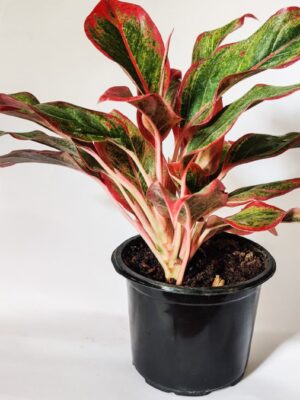
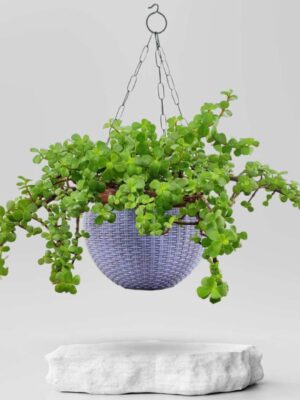
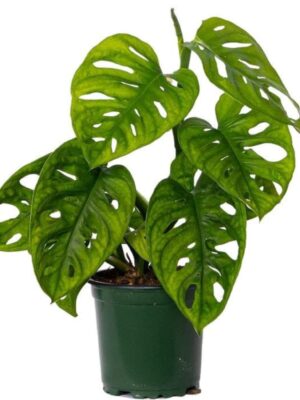
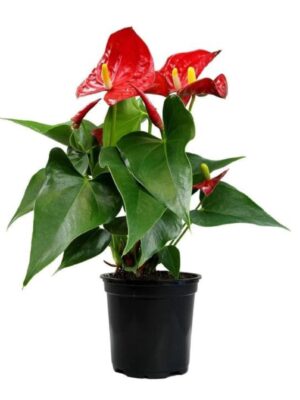
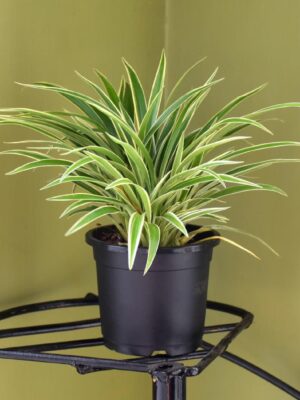 spider green 5-inch
spider green 5-inch
Reviews
There are no reviews yet.